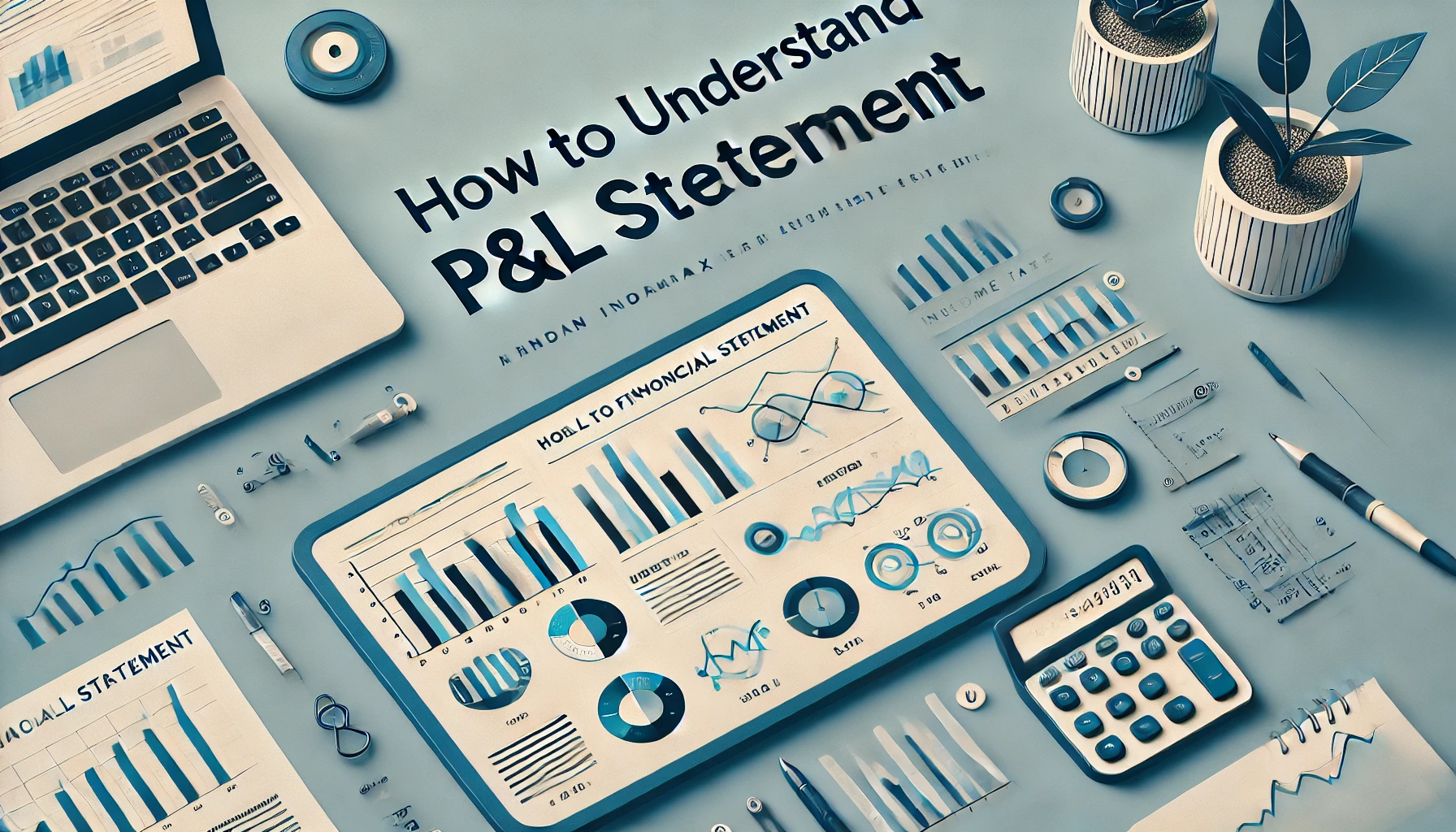Form 12BB is a vital document in the Indian taxation system that employees need to submit to their employer to claim deductions for various expenses such as House Rent Allowance (HRA), Leave Travel Allowance (LTA), interest on home loans, and tax-saving investments under Section 80C. Introduced by the Income Tax Department, Form 12BB simplifies the tax declaration process and ensures that employees get the appropriate tax exemptions.
In this blog, we will explore the significance of Form 12BB, how it works, the documents needed, and how employees can maximize their tax savings by accurately declaring their investments and expenses.
What Is Form 12BB?
Form 12BB is a declaration form that allows employees to submit the details of their investments and expenses to their employer for the purpose of calculating the correct amount of tax deductions. This form was introduced by the Central Board of Direct Taxes (CBDT) in 2016, and it applies to all salaried individuals.
By filling out Form 12BB, employees can declare the following:
- House Rent Allowance (HRA)
- Leave Travel Allowance (LTA)
- Interest on Home Loans
- Deductions under Section 80C (e.g., LIC, PPF, NSC, ELSS, etc.)
Key Sections of Form 12BB
Form 12BB is structured into various sections, each focusing on specific tax-saving avenues. Let’s explore these sections in detail:
1. House Rent Allowance (HRA)
HRA is a significant tax-saving component for salaried individuals. If you live in a rented house, you can claim HRA deductions by providing details in Form 12BB. The following information is required:
- Rent paid to the landlord
- Landlord’s name and address
- PAN of the landlord (if the annual rent exceeds ₹1 lakh)
Example:
If you pay ₹20,000 per month as rent and receive HRA, you need to fill out Form 12BB with details of your rent, landlord’s name, and PAN if applicable. This ensures that the correct HRA deduction is applied.
2. Leave Travel Allowance (LTA)
Leave Travel Allowance is another component where employees can save tax on travel expenses incurred while on leave. LTA can be claimed twice in a block of four years, and employees must provide proof of travel and related expenses.
3. Interest on Home Loan
If you have taken a home loan, you can claim a deduction on the interest paid during the financial year. The maximum deduction allowed is:
- ₹2 lakh for a self-occupied property under Section 24(b)
- For rented properties, there is no maximum cap on the interest deduction.
You must provide the lender’s name and address along with the interest certificate from the bank or financial institution.
4. Deductions Under Section 80C, 80CCC, and 80CCD
Investments made in tax-saving instruments such as Public Provident Fund (PPF), Life Insurance Premiums, National Savings Certificates (NSC), Employee Provident Fund (EPF), and Equity Linked Savings Scheme (ELSS) are eligible for deductions under Section 80C.
- The maximum deduction allowed under Section 80C is ₹1.5 lakh.
- Section 80CCC and Section 80CCD cover contributions to pension funds and the National Pension Scheme (NPS).
Form 12BB provides the option to declare these investments, enabling your employer to consider them while calculating your tax liability.
How to Fill Form 12BB
Filling Form 12BB is a simple process that requires accurate documentation of your expenses and investments. Here’s a step-by-step guide on how to complete it:
Step 1: Personal Details
Begin by entering your basic details, such as your name, PAN, designation, and employee code. These details help your employer identify your declaration form.
Step 2: Declaration of HRA
Under the HRA section, provide the rent amount, landlord’s details, and the PAN of the landlord if the annual rent exceeds ₹1 lakh. If the PAN is not available, you can submit a declaration from the landlord.
Step 3: LTA Claims
If you have traveled and are eligible for LTA, provide the travel dates and expenses incurred, supported by bills and tickets. Remember that LTA can only be claimed for travel within India.
Step 4: Interest on Home Loan
If you’re claiming a deduction on home loan interest, provide the lender’s details, property address, and the total interest paid during the financial year. An interest certificate from the lender is necessary for verification.
Step 5: Tax-Saving Investments Under Section 80C
Declare all your tax-saving investments under Section 80C, 80CCC, and 80CCD, such as:
- PPF contributions
- LIC premiums
- ELSS investments
- EPF contributions
- Tuition fees paid for children
Ensure that you have the necessary proof for these investments, such as payment receipts or statements from the financial institution.
Step 6: Submit the Form
Once you have filled out all the required sections, submit Form 12BB to your employer along with supporting documents. This helps your employer calculate the correct taxable income and deduct TDS accordingly.
Benefits of Submitting Form 12BB
Filing Form 12BB offers several benefits to employees:
- Accurate TDS Calculation: By submitting Form 12BB, your employer can calculate the correct tax deduction at source (TDS) based on your declared investments and expenses.
- Maximized Tax Savings: Form 12BB ensures that all eligible tax deductions, including HRA, LTA, home loan interest, and Section 80C investments, are considered, allowing you to reduce your taxable income and maximize savings.
- Transparency: Form 12BB promotes transparency in the taxation process by providing a clear and structured way to declare investments and expenses.
Documents Required for Form 12BB
To ensure your declaration is accurate, you must provide the following documents along with Form 12BB:
- Rent Receipts: For HRA claims.
- Travel Bills: For LTA claims.
- Interest Certificate: From the bank or financial institution for home loan deductions.
- Investment Proof: Payment receipts for investments made under Section 80C, such as PPF, LIC, or ELSS.
Example: Filling Out Form 12BB
Let’s look at an example of how an employee can fill out Form 12BB:
Scenario:
Mr. A earns ₹8 lakh annually and lives in a rented house. He pays ₹15,000 per month in rent and has invested ₹80,000 in PPF and ₹20,000 in LIC. He has also taken a home loan and paid ₹1 lakh as interest.
Here’s how Mr. A fills out Form 12BB:
| Section | Details Provided |
|---|---|
| HRA | Rent paid: ₹15,000/month |
| Landlord’s PAN | PAN provided |
| LTA | Not applicable |
| Interest on Home Loan | Interest paid: ₹1 lakh |
| Section 80C (PPF and LIC) | ₹80,000 in PPF and ₹20,000 in LIC |
After filling out the form and submitting it to his employer, Mr. A’s employer calculates the appropriate TDS, considering the deductions for HRA, home loan interest, and investments under Section 80C.
Historical Data: Form 12BB Introduction and Changes
| Year | Key Changes in Form 12BB |
|---|---|
| 2016 | Form 12BB introduced by the CBDT |
| 2020 | PAN of landlord made mandatory for rent > ₹1 lakh |
| 2021 | Interest on home loan claims requires certificate |
Form 12BB was introduced in 2016 to streamline the tax declaration process for employees. Over the years, it has seen changes such as the inclusion of the landlord’s PAN for rent claims exceeding ₹1 lakh.
Common Mistakes to Avoid When Filing Form 12BB
- Incorrect PAN of the Landlord: Always ensure the correct PAN of your landlord is provided, especially if your rent exceeds ₹1 lakh annually.
- Missing Documentation: Ensure that you submit all required documents such as rent receipts, investment proofs, and interest certificates. Missing documentation may lead to denial of tax deductions.
- Incomplete Form: Fill out all sections of the form carefully to avoid discrepancies in tax calculation.
Conclusion
Form 12BB is an essential tax declaration form that every salaried employee in India should be familiar with. By submitting this form, you can claim deductions for HRA, LTA, home loan interest, and various tax-saving investments under Section 80C, 80CCC, and 80CCD. Filing Form 12BB accurately ensures that your tax is calculated correctly, allowing you to optimize your savings.
Make sure to keep track of your investments and expenses throughout the financial year and file Form 12BB with all necessary documents to enjoy the full tax benefits available.

ITR 1 vs ITR 2
Filing your Income Tax Return (ITR) accurately is crucial for every taxpayer in India, and …

What Is Tax Loss Harvesting?
Tax loss harvesting is a strategy that allows investors to reduce their taxable capital gains …

What Is Form 12BB?
Form 12BB is a vital document in the Indian taxation system that employees need to …

Short-Term Vs Long-Term Capital Loss
Investing in various assets like stocks, real estate, or mutual funds can lead to capital …

Section 80D of Income Tax Act
Health insurance is not only essential for safeguarding your well-being, but it also offers tax-saving …

Senior Citizen Saving Scheme
The Senior Citizen Saving Scheme (SCSS) is a government-backed savings scheme specifically designed to provide …

Income Tax on Profit from Commodity Trading in India
Commodity trading has become a significant part of financial markets in India, providing investors with …

Income Tax Benefit with the NPS Scheme
The National Pension System (NPS) is a government-sponsored retirement savings scheme in India designed to …

What Is Cost Inflation Index (CII) In India?
The Cost Inflation Index (CII) is a crucial concept in Indian taxation, particularly when calculating …

Understanding How Income Tax is Levied on Stock Market Transactions
The Indian stock market has become an increasingly popular avenue for individuals looking to grow …

Investment Options under NPS
The National Pension System (NPS) is a government-sponsored retirement savings scheme that allows individuals to …

How to Start Contributing to Your PPF Account?
The Public Provident Fund (PPF) is a government-backed savings scheme in India that offers tax …

Tax incentives for startups in India
The Indian startup ecosystem is one of the fastest-growing in the world, attracting both domestic …

Periodic vs Annual Tax Planning
Tax planning is an integral part of financial management that every taxpayer should consider. Whether …

How to Do Tax Planning for a Higher Salary?
Tax planning is crucial for individuals with higher salaries in India. As income increases, so …

How to Understand P&L Statement
A Profit and Loss (P&L) statement, also referred to as an income statement, is one …

What is the Kakeibo Method?
Managing personal finances can be challenging, especially in today’s fast-paced world, where expenses quickly pile …

What is Angel Tax?
In India, the startup ecosystem has seen tremendous growth over the past decade. Entrepreneurs and …

Difference Between TDS and TCS
In India, tax collection plays a critical role in the functioning of the government. To …


















